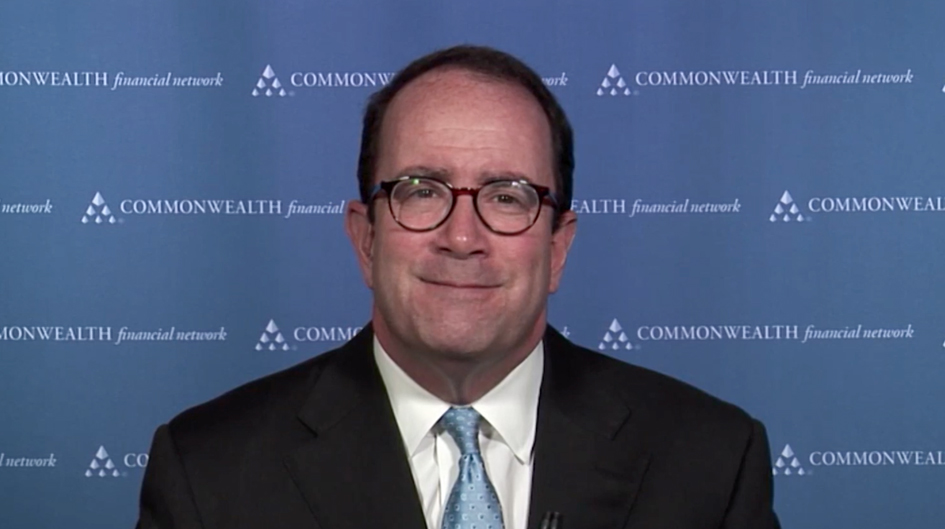I am in Colorado this week at a Commonwealth conference, spending some time at high altitude when I normally live pretty much at sea level. The altitude seems somehow appropriate, though, when I look at where the markets are right now compared with where they were 10 years ago. We have climbed to astonishing heights since the bottom—heights almost no one expected back then.













